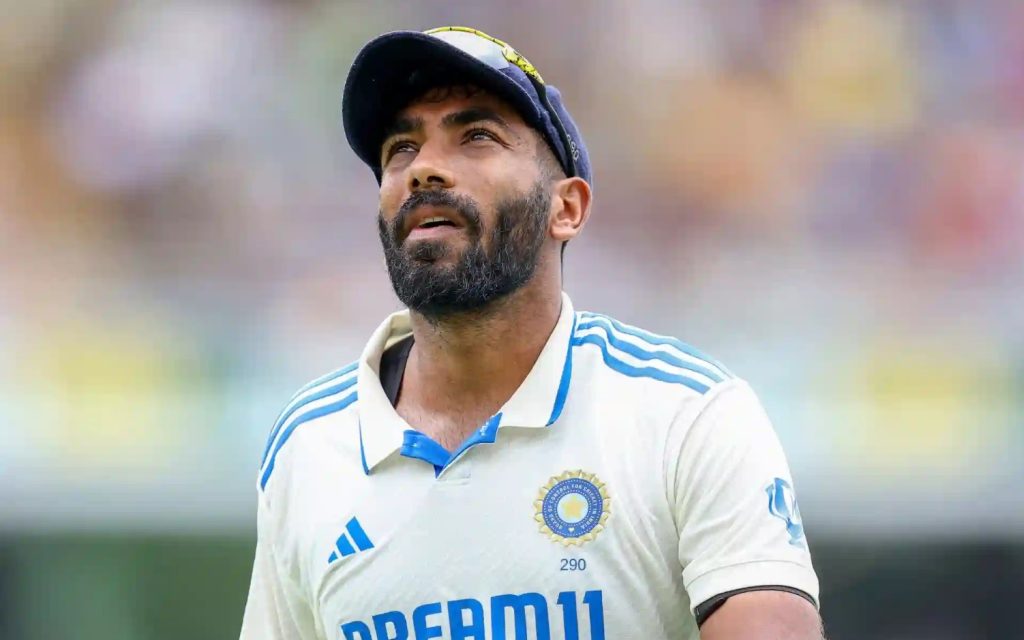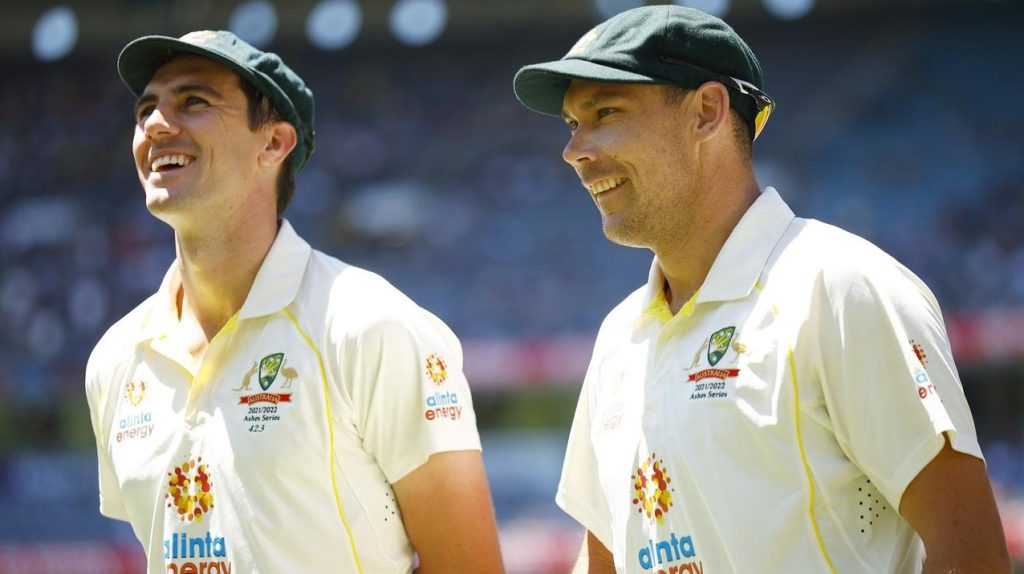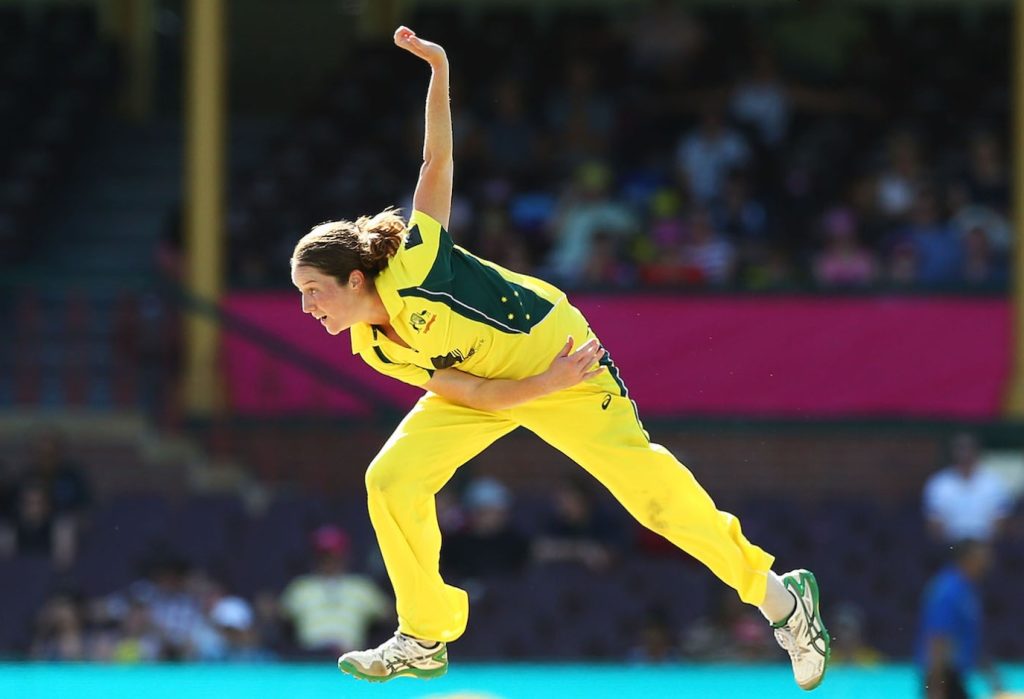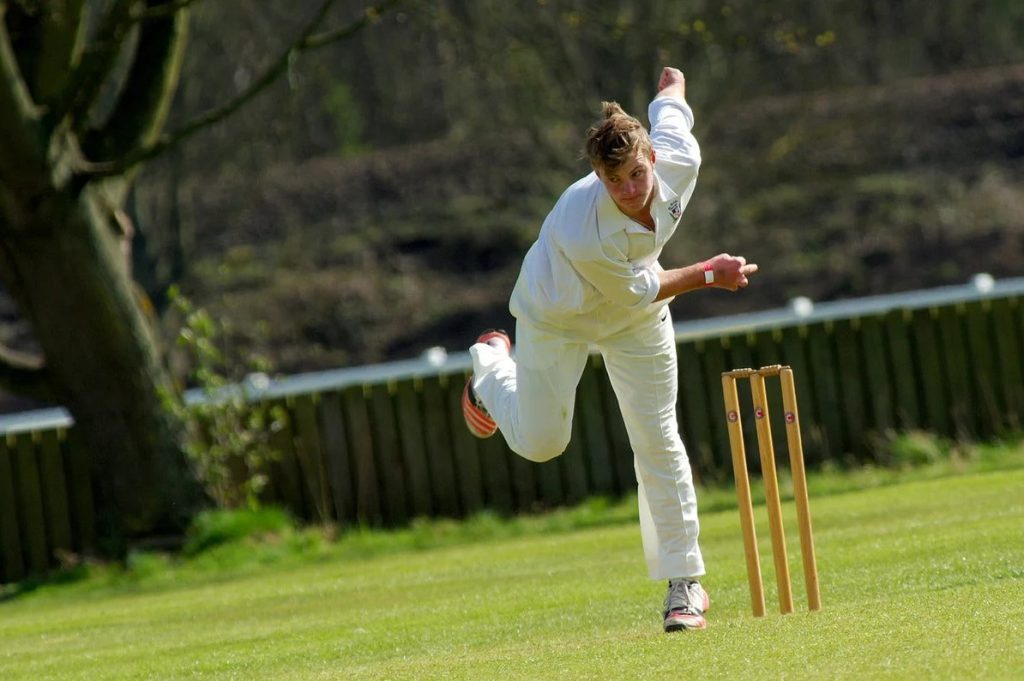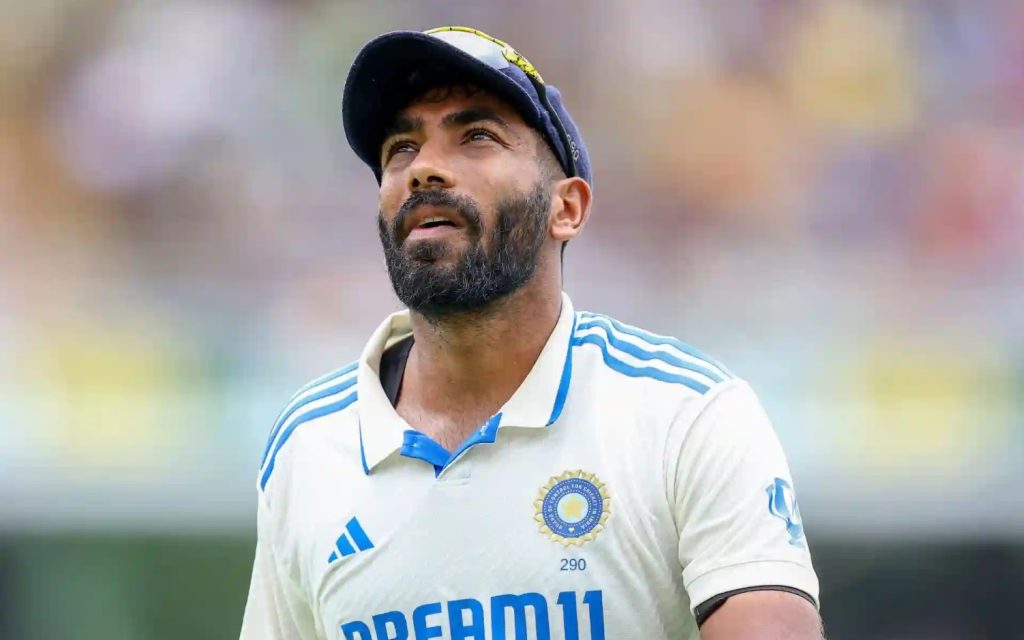Record for Most Runs Conceded by a Bowler in ODI History 2025
Most Runs: In the world of One Day International (ODI) cricket, bowlers are often revered for their ability to limit runs, take wickets, and control the game’s tempo. However, cricket’s competitive nature means that bowlers also face challenging times, where they concede an unusually high number of runs. Some bowlers, despite their efforts, have found themselves on the wrong side of history with records for the most runs conceded in ODI matches. This article examines the record for the most runs conceded by a bowler in ODI history, the factors contributing to such performances, and the impact it has on a bowler’s career.
The Record for Most Runs Conceded by a Bowler in ODI History

Most Runs: The record for the most runs conceded in an ODI match is a stat that no bowler would aspire to set. As of the most recent data, Wahab Riaz (Pakistan) holds the record for the most runs conceded in a single ODI match, having given away 110 runs in his spell during a game against India in the 2015 ICC Cricket World Cup.
Most Runs: While Riaz’s record is unfortunate, it is important to note that several factors come into play in a high-scoring match, which often leads to high individual run-concessions. For instance, the nature of the pitch, opposition strength, batting powerplays, and the format of the match can all impact a bowler’s figures. As cricket evolves, high-scoring encounters are becoming increasingly common, with modern batsmen employing aggressive tactics that can test even the best of bowlers.
Most Runs: Historical Context and Leading Performances
Most Runs: Over the years, ODI cricket has seen several bowlers endure long, tough spells in which they have been hammered by batsmen. Below are some of the highest run-conceding performances in ODI history:
| Bowler | Country | Runs Conceded | Overs Bowled | Wickets Taken | Opponent | Match Year |
|---|---|---|---|---|---|---|
| Wahab Riaz | Pakistan | 110 | 10 | 0 | India | 2015 |
| Martin Snedden | New Zealand | 105 | 10 | 0 | Australia | 1983 |
| Ijaz Ahmed | Pakistan | 104 | 10 | 1 | Sri Lanka | 1996 |
| Kevin O’Brien | Ireland | 104 | 10 | 0 | South Africa | 2011 |
| John Hastings | Australia | 103 | 10 | 0 | India | 2013 |
Most Runs: The table above highlights some of the notable instances where bowlers have given away a significant number of runs in an ODI match. While such performances are often a result of a high-scoring match or aggressive batting, they also reflect moments when bowlers failed to contain the opposition or simply got overpowered by the attacking batsmen.
Factors Contributing to High Run Conceded Figures

Most Runs: Several factors can contribute to a bowler’s record-breaking run-conceding performance in ODIs. These include the match conditions, opposition strength, and the particular circumstances of the game.
- Pitch Conditions: A flat, dry pitch with little to offer for the bowlers is often a recipe for high-scoring matches. On such pitches, batsmen can easily play their shots with minimal risk, causing bowlers to give away more runs. In contrast, a pitch with seam movement or spin provides the bowler with a greater chance of keeping the runs down.
- Aggressive Batting: Modern-day batsmen, particularly in the limited-overs format, have adopted aggressive techniques. They are not afraid to take risks, especially in the death overs, which often leads to higher run tallies for the bowlers. This trend of attacking cricket has meant that even bowlers with impeccable skills can sometimes find themselves conceding large amounts of runs.
- Inexperience or Lack of Control: Young or inexperienced bowlers may lack the necessary control and temperament needed to bowl effectively in ODI conditions. A lack of consistency with line and length can lead to boundary balls, thus inflating the runs conceded.
- The Opposition’s Strength: The strength of the opposition plays a significant role in a bowler’s performance. Against aggressive teams like India, Australia, or West Indies (at their peak), even the best bowlers can find it hard to stop runs from flowing. The presence of power hitters and the inclination of modern batsmen to attack makes it more difficult for bowlers to maintain control over the game.
- Weather and Match Conditions: Factors like dew and humidity can affect the condition of the ball, making it difficult for bowlers to control their deliveries. Dew in night matches, for instance, makes the ball slippery, affecting a bowler’s grip and causing them to lose control over their deliveries. This often leads to a higher number of wides, no-balls, and boundaries.
- Batsmen’s Strike Rates: The increased reliance on big hitting in ODI cricket means that bowlers face a higher risk of being hit for boundaries. In games where batsmen consistently maintain high strike rates, the chances of a bowler conceding runs increase drastically.
Analysis of the Impact on a Bowler’s Career
A high number of runs conceded in an ODI can have both short-term and long-term implications for a bowler’s career.
Short-Term Impact:
- Loss of Confidence: A bowler who is hit for a significant number of runs may lose confidence. This loss of form can lead to a reduction in their ability to execute their plans in future matches.
- Criticism and Media Attention: In the age of social media and 24-hour news cycles, high-profile run-conceding performances often draw intense scrutiny from fans, pundits, and former cricketers. This pressure can weigh heavily on a bowler’s performance.
- Team Strategy: A bowler who concedes a large number of runs may be benched for subsequent matches, especially if there are other options in the team. This can affect the bowler’s place in the team, especially in a competitive side.
Long-Term Impact:

- Potential for Rehabilitation: For seasoned bowlers, a bad performance may only be a temporary setback. With time, support from the team, and further experience, many bowlers are able to make comebacks and perform well in future matches.
- Reputation Damage: For bowlers who repeatedly concede runs, there is a risk of damaging their reputation. Their ability to control the game, take wickets, and contribute to the team’s success comes under constant scrutiny.
- Career Longevity: If a bowler is unable to adjust to the demands of limited-overs cricket and continues to give away runs, their career longevity may be affected. Teams will often look for younger or more effective alternatives.
Notable Comebacks After High-Run Figures

While conceding high numbers of runs is certainly a tough pill for any bowler, some have made remarkable comebacks after such performances. For example:
- John Hastings (Australia): Despite conceding 103 runs in a match against India in 2013, Hastings bounced back with consistent performances for Australia. His strong economy rate and wicket-taking ability made him a reliable option for Australia in limited-overs cricket.
- Irfan Pathan (India): Pathan faced criticism for conceding a high number of runs in several matches, but his resilience and ability to swing the ball helped him regain his form and continue to perform at the international level.
The record for the most runs conceded by a bowler in ODI history is not one that any cricketer would aspire to, but it is an inevitable part of the game. Bowling in ODI cricket requires immense skill, control, and adaptability, especially in high-pressure situations where batsmen are looking to capitalize on every opportunity. Factors such as pitch conditions, aggressive batting, and opposition strength all contribute to a bowler’s figures in the match.
For bowlers, conceding runs is often a part of the game, but how they respond to such challenges is what ultimately defines their careers. Some bowlers manage to overcome these hurdles and continue to excel, while others may find it difficult to bounce back. Nevertheless, the ability to bounce back from such adversity is a testament to the mental toughness and skill required to succeed at the highest level in international cricket.

